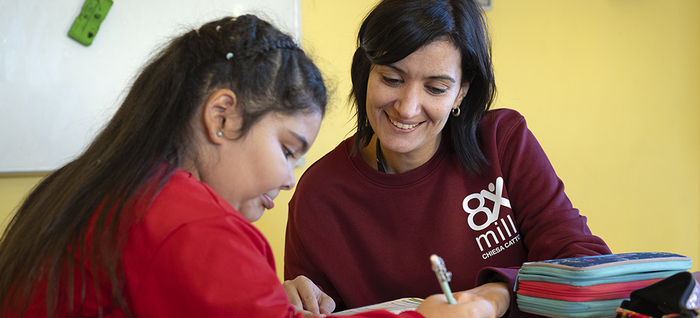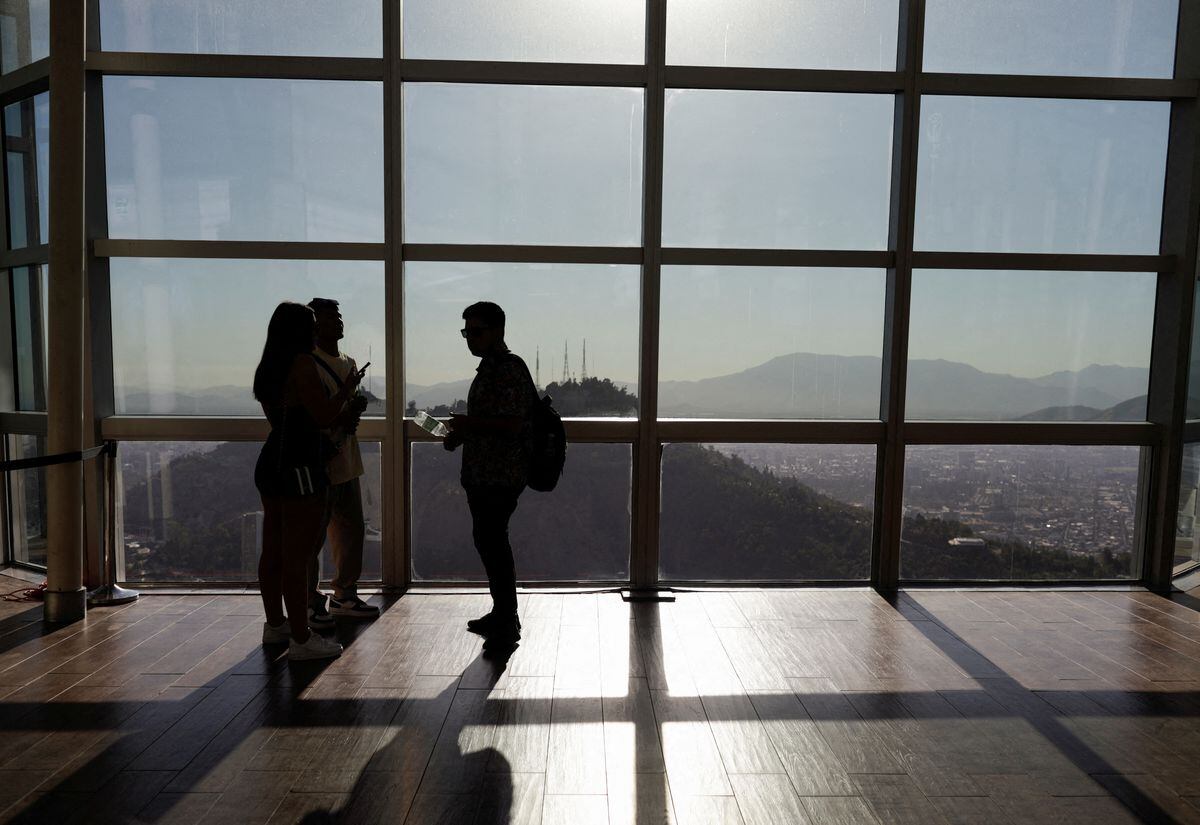Global society
all articles
Sub-Saharan Africa and South Asia are the world regions where most poor people live. This is clear from a recent poverty index published by the United Nations Development Program and the Oxford Poverty and Human Development Initiative on Thursday. According to this, 84.5 percent of poor people live in these two regions of the world.
The researchers define poverty not only by how much money people have available, but by a total of ten indicators in the fields of health, education and living standards.
They therefore speak of "multidimensional poverty". The index thus complements the poverty line set by the World Bank, write the authors. The is currently at purchasing power adjusted $ 1.90 per day.
Overall, the researchers in the "Global Multidimensional Poverty Index" this year, 101 countries with 5.7 billion inhabitants. The data are from the years 2007 to 2018.
Key findings from the study:
- There are 1.3 billion people living in the 101 countries surveyed, which according to the index are considered poor. That's 23.1 percent of the population of these states.
- Accordingly, two thirds of these people live in countries with a comparatively high per capita income. This shows that the fight against poverty can not be limited to states with low per capita income, write the authors.
- However, the occurrence of poverty varies greatly within a region and also within states. Although sub-Saharan Africa is poor overall, the poverty rate in Gabon is much lower at 14.9 percent than in Niger or South Sudan. And in a country like Uganda, the poverty rate ranges from 96 to six percent, depending on the region. To call whole regions, countries or even households poor is too simplistic.
- According to the authors, children bear the heaviest burden and are more likely to be poor than adults. Of the 1.3 billion people identified as poor, about half are children and about one third are even under ten years old. Of the 663 million poorly identified children, most lived in sub-Saharan Africa and South Asia. In Burkina Faso, Niger, Ethiopia and Chad, according to the Index, 90 percent or more of children under the age of 10 are considered poor.
"To fight poverty, we need to know where poor people live," said Achim Steiner, head of the UN Development Program. "They are not evenly distributed across countries or even a household." Above all, the index should help politicians with limited resources to take targeted measures.
Will the poorest be hanged?
Among other things, the report focuses on ten selected states: Peru, Bangladesh, Cambodia, India, Nigeria, Pakistan, Vietnam, Congo, Ethiopia and Haiti. In these countries, researchers look at the evolution of their poverty index over several years. Above all, they want to find out whether the poorest 40 percent of the population will find ways out of poverty or are being hanged.
The result of the researchers: Apart from Nigeria, all countries have made significant progress in recent years. In India alone, there were 217 million fewer poor people in 2016 than in 2006.
And even the poorest 40 percent of the population were usually not left behind, considering the multidimensional index. According to the study, in nine of the ten countries, the poorer sections of the population made even greater progress than the total population. These poorer advances are "encouraging news," said Sabina Alkire, director of the Oxford Poverty and Human Development Initiative.
This article is part of the project Global Society, for which our reporters report from four continents. The project is long-term and supported by the Bill & Melinda Gates Foundation.
What is the project Global Society?
Under the title Global Society, reporters from Asia, Africa, Latin America and Europe will be reporting on injustices in a globalized world, socio-political challenges and sustainable development. The reportages, analyzes, photo galleries, videos and podcasts appear in the Politics Department of SPIEGEL. The project is long-term and will be supported over three years by the Bill & Melinda Gates Foundation (BMGF).
Are the journalistic contents independent of the foundation?
Yes. The editorial content is created without the influence of the Gates Foundation.
Do other media have similar projects?
Yes. Major European media such as "The Guardian" and "El País" have created similar sections on their news pages with "Global Development" or "Planeta Futuro" with the support of the Gates Foundation.
Was there already similar projects at SPIEGEL ONLINE?
SPIEGEL ONLINE has already implemented two projects in recent years with the European Journalism Center (EJC) and the support of the Bill & Melinda Gates Foundation: The "Expedition The Day After tomorrow" on Global Sustainability Goals and the journalistic refugee project "The New Arrivals" Several award-winning multimedia reports on the topics of migration and escape have emerged.
Where can I find all the publications on the Global Society?
The pieces can be found at SPIEGEL ONLINE on the topic page Global Society.



/cloudfront-eu-central-1.images.arcpublishing.com/prisa/QTVF3EOGLFBTPJL3YXHGH4CEFE.jpg)





/cloudfront-eu-central-1.images.arcpublishing.com/prisa/NYBERFPPHVEJVER4FIRIEAGGX4.jpg)





